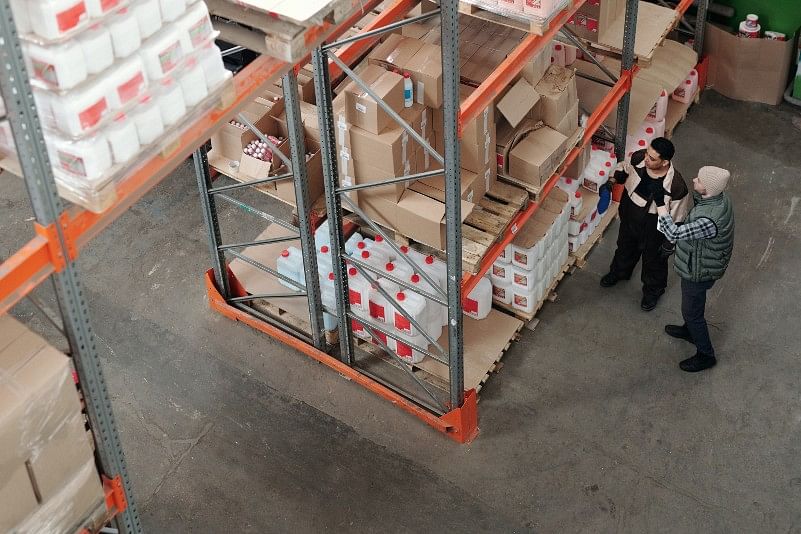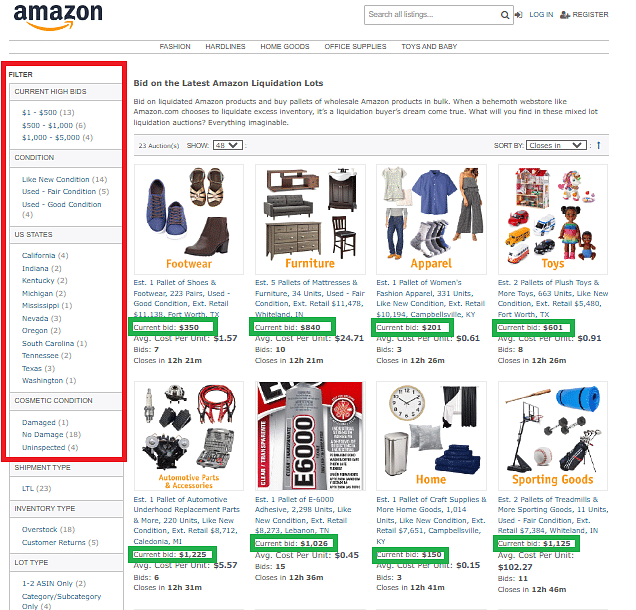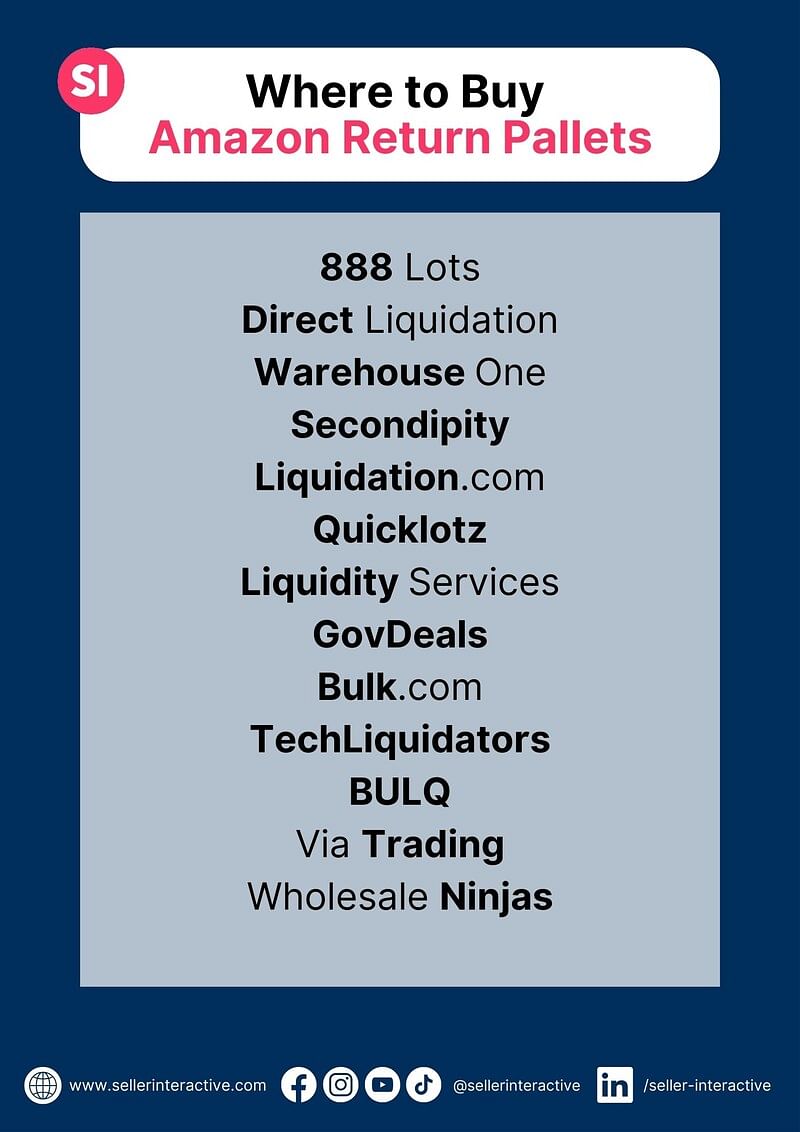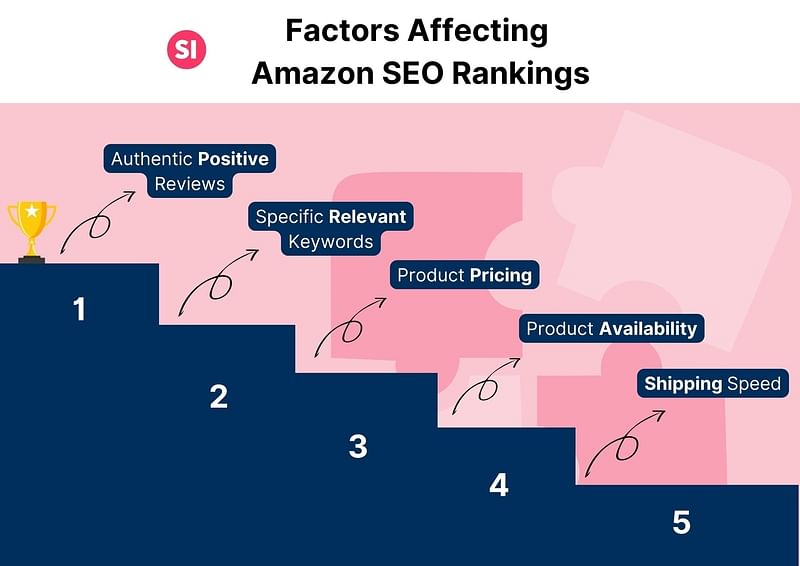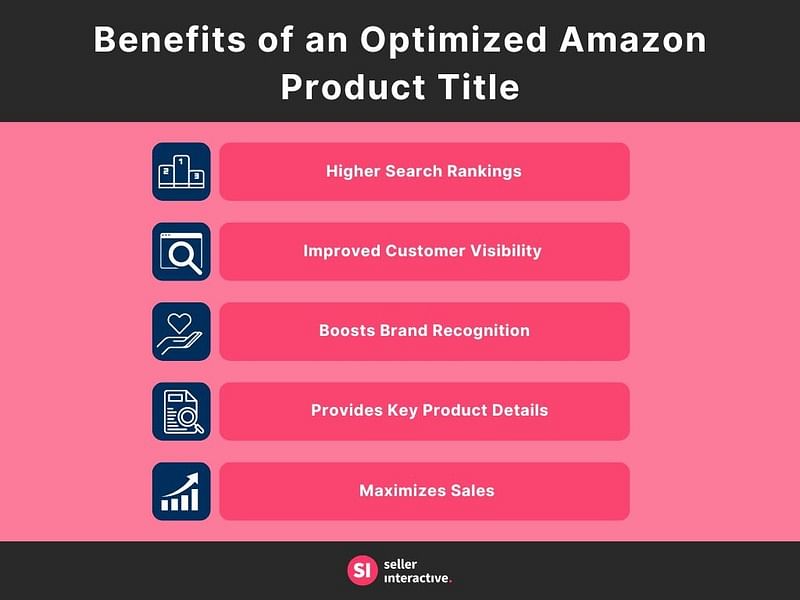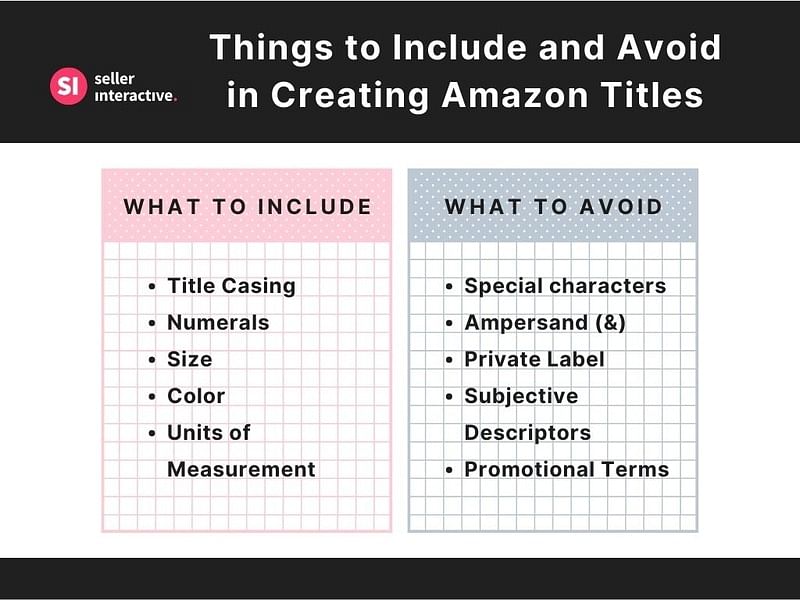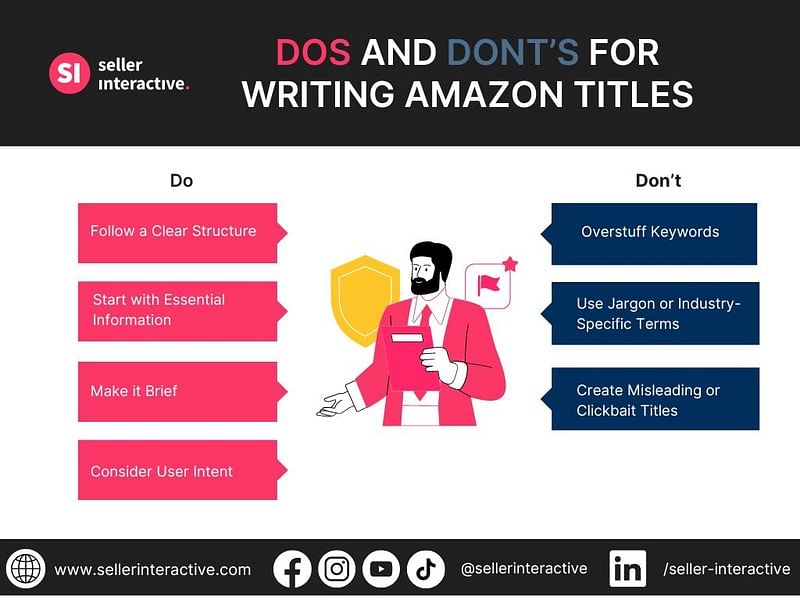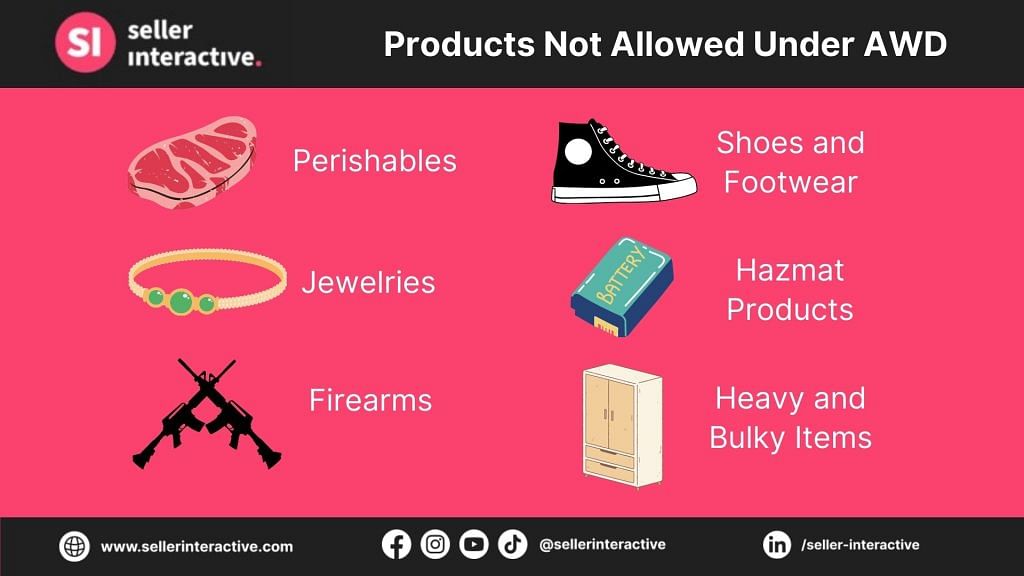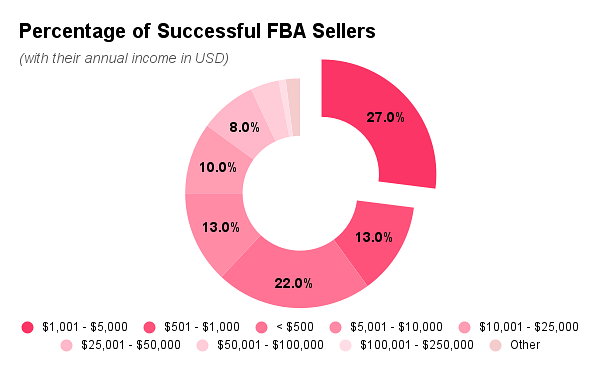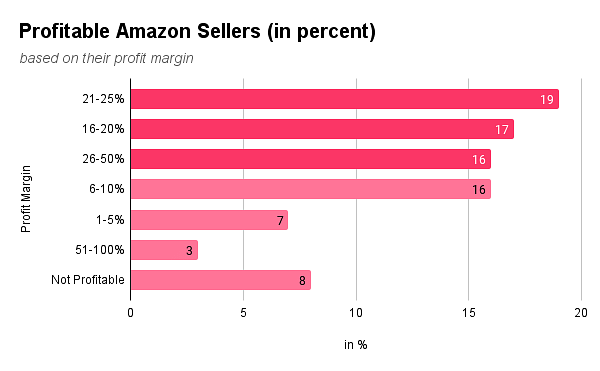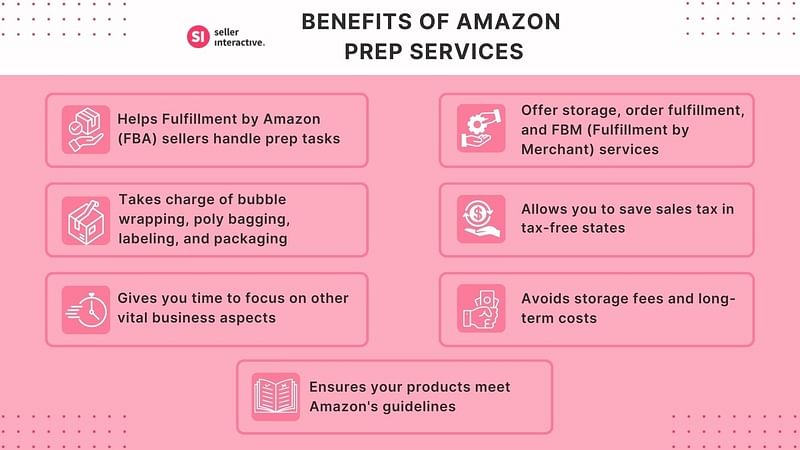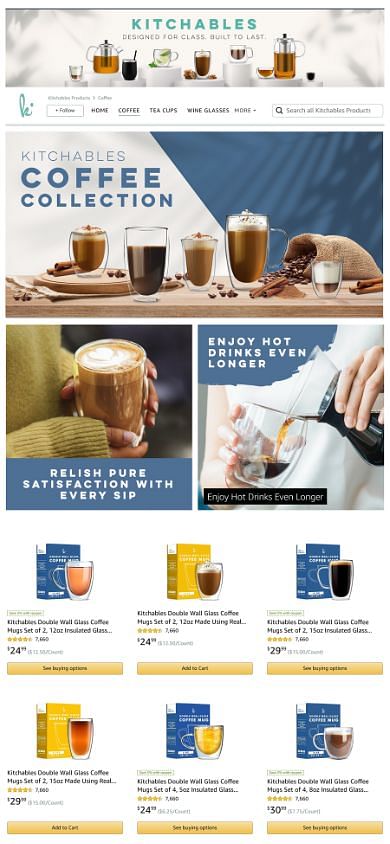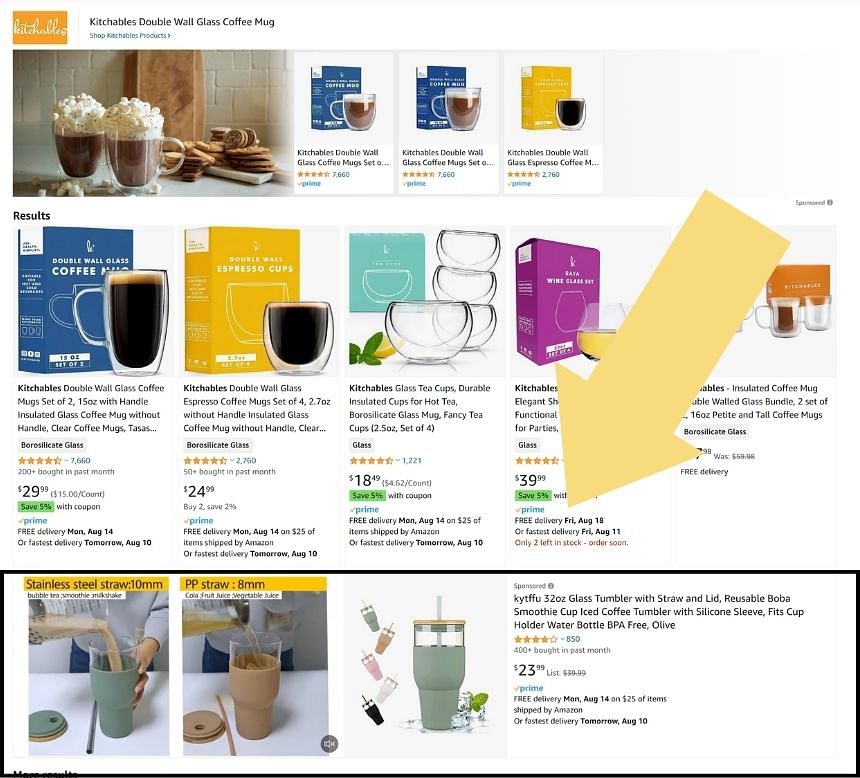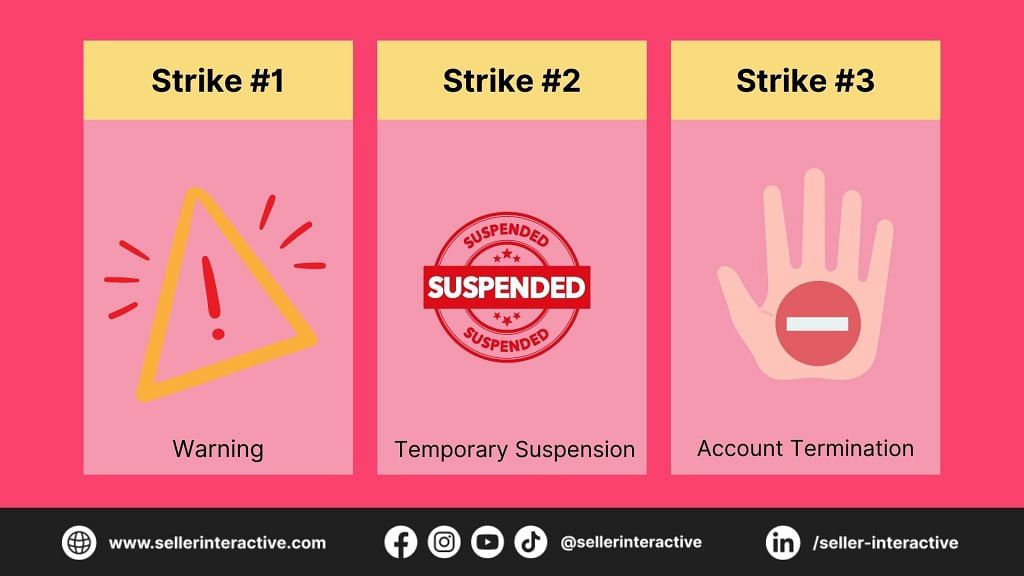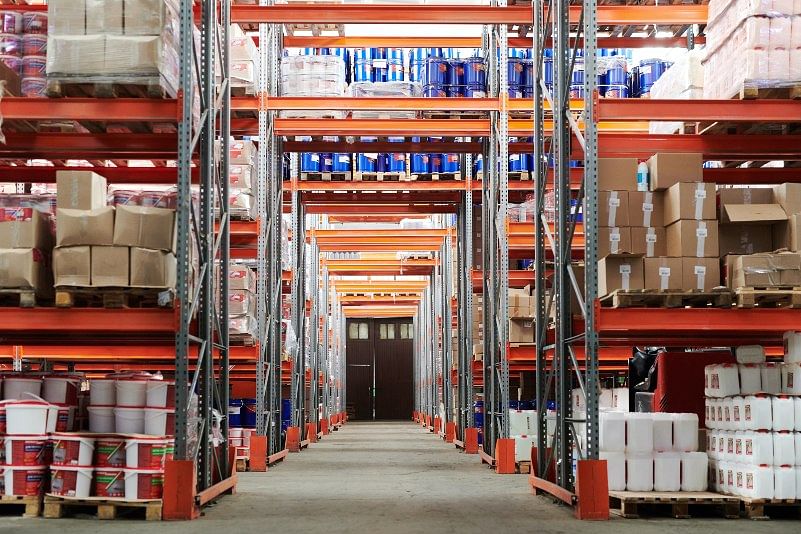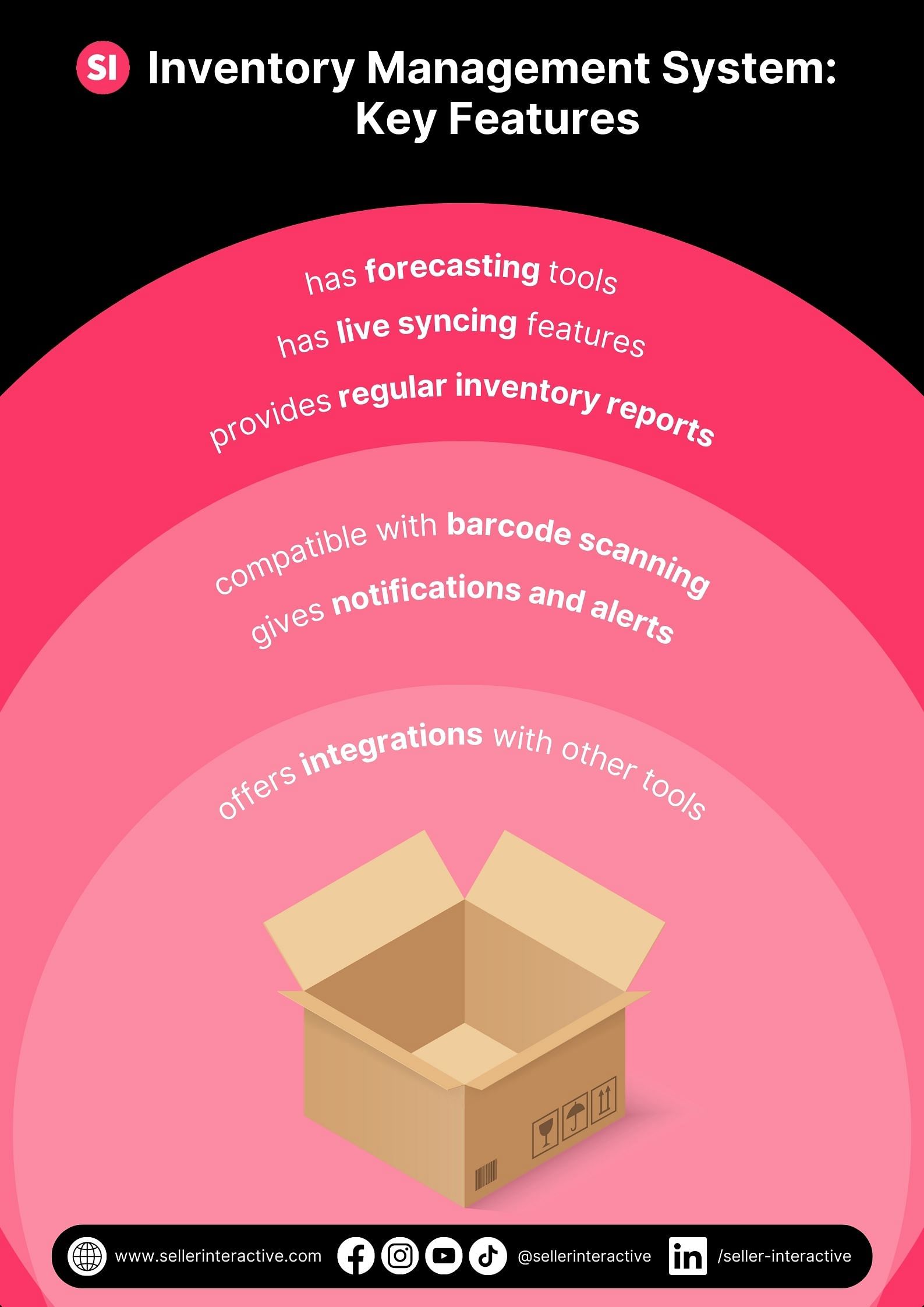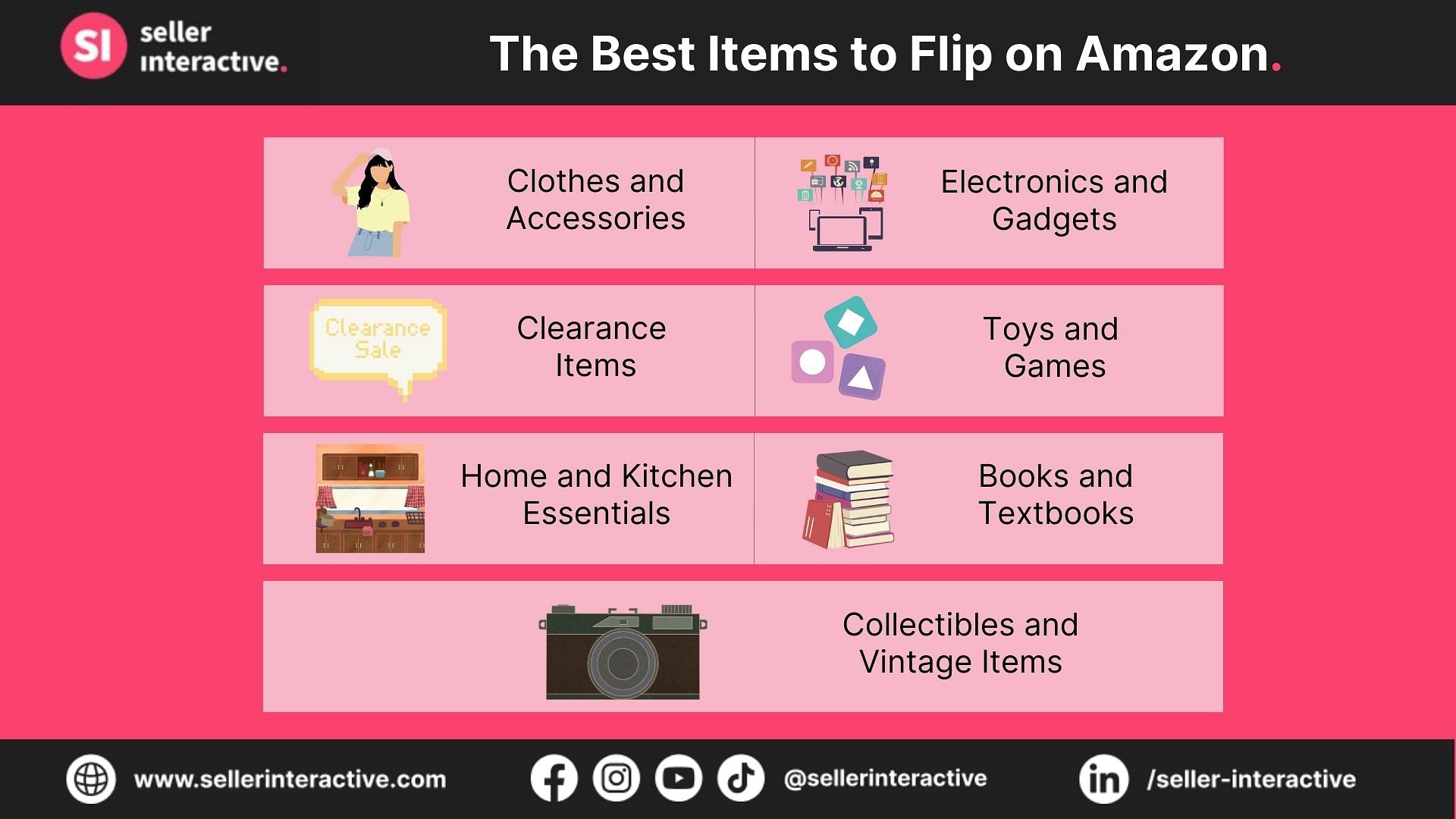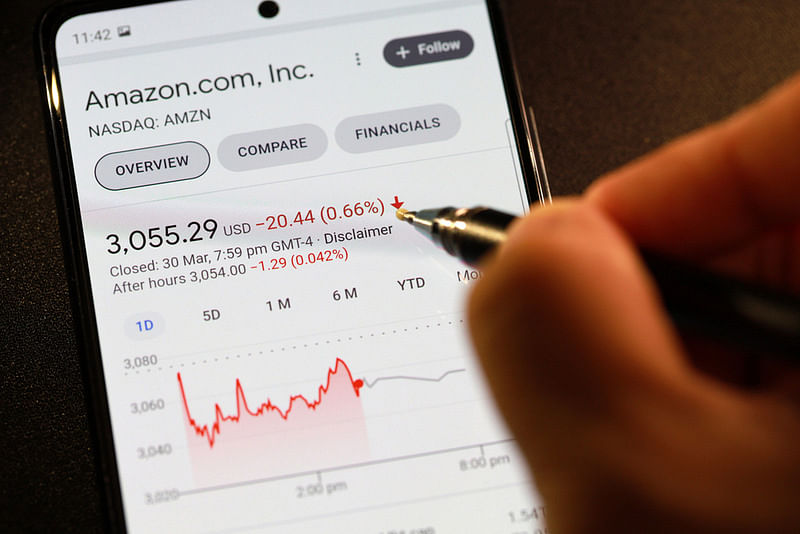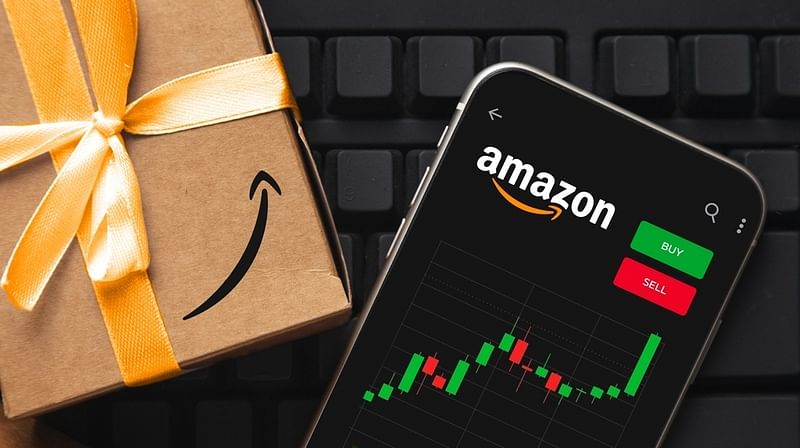Amazon sellers must ensure customer satisfaction and smooth product delivery with every order. To aid sellers in this process, Amazon introduced Amazon Logistics. But what exactly is Amazon Logistics, and how can it benefit sellers in their selling journey?
Knowing how to use the Amazon Logistics program properly and efficiently can propel your business forward. However, Amazon Logistics can also be your company’s downfall if used thoughtlessly.
This article will provide a quick rundown of Amazon Logistics in 2023. Let’s delve into the ins and outs of the program to help third-party sellers like you maximize this service.
What is Amazon Logistics?
Indicative in its name, Amazon Logistics is Amazon’s very own delivery service, offering last-mile delivery services for all Amazon sellers. It functions similarly to national postal services like USPS. However, what makes Amazon Logistics different is its program layout.
Instead of creating a delivery and logistics department with its own employees, Amazon collaborates with its network of delivery companies and individual drivers to deliver packages to their respective destinations.
These independent services are under Amazon’s contract to send packages to respective customers safely and on time. They use various Amazon apps and services, like Amazon Flex, Amazon Logistics Tracking, and Amazon Prime, to help with delivery.
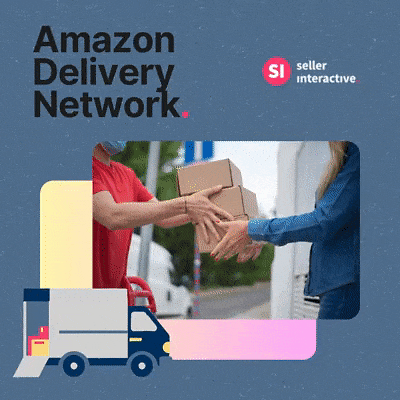
Amazon Logistics offers two delivery services:
- same-day shipping
- seven-day delivery
While these options are primarily exclusive to Prime members, non-Prime customers can avail of these services for additional fees.
Another selling point of Amazon Logistics is its commitment to deliver packages during weekdays and weekends, from 8 a.m. to 8 p.m.
Amazon Logistics continuously works to optimize its delivery network, improve its technology, and expand its reach to meet the ever-growing demands of e-commerce and ensure fast and efficient delivery service.
Amazon Delivery Service Partner (DSP)
Delivery Service Partners (DSPs) or independent delivery businesses collaborating with Amazon are central to the success of Amazon Logistics operations. This program is a cornerstone of Amazon Logistics operations. Let’s explore the key roles they play in Amazon's success and the advantages they bring to the table:
- Broad Geographic Reach: DSPs enable Amazon to cover diverse regions, extending its delivery capabilities.
- Local Efficiency: DSPs excel in local knowledge, ensuring faster and more efficient deliveries.
- Independent Infrastructure: DSPs operate with their logistics equipment, maintaining flexibility while partnering with Amazon.
- Network Support: DSPs enhance Amazon's logistics network, benefiting both parties in the e-commerce landscape.
Independent Individual Driver
Of course, Amazon’s delivery partners don’t stop at independent delivery companies. Amazon also hires several individual independent drivers, cyclists, and even simple walkers to deliver packages to their rightful destinations.
Amazon Flex and Third-Party Providers
Individual drivers typically work through Amazon Flex or third-party providers to deliver packages.
Tech-Powered Efficiency
These drivers rely on Amazon's mobile apps and GPS systems for route planning, package tracking, and real-time communication. This technology enables them to provide customers with accurate delivery updates in case of any transit issues.

Source: Photo by Tima Miroshnichenko from Pexels.com
Why Did Amazon Create the Amazon Logistics Program?
Logistics and delivery, besides product ideation, are perhaps the most difficult parts of the supply chain process. What makes these procedures so challenging is the fact that a lot can go wrong because of only a few changes.
For context, several issues can arise if logistics and delivery aren’t properly planned, such as:
- lost items,
- damaged or mishandled goods during transit,
- late or delayed deliveries,
- delivery theft,
- incorrect package deliveries, and
- inaccurate tracking information.
Business owners must have complete control and must keep a keen eye over all logistics and delivery processes to ensure their product gets to their destination accurately and on time.
Solving Inefficient Package Delivery
As a proudly customer-centric platform, Amazon understands this common seller sentiment. With over 1.9 million active sellers, Amazon recognizes that logistics and delivery for these sellers can quickly become confusing and disorganized without a proper system.
So they’ve decided to launch the Amazon Logistics program in 2015. With Amazon Logistics, Amazon can execute full control over the entire package transportation process, ensuring fast and reliable package delivery services for its customers.
Providing Promising Opportunities
Besides committing to its promise of fast and reliable delivery, the Amazon Logistics program provides a great opportunity and a worthwhile investment for its independent delivery partners.
The Amazon Logistics program allows DSPs and independent drivers to enter the growing and competitive e-commerce delivery industry with the backing of an already established and trusted company.
Partnering with Amazon also gives them exceptional operational support, which includes training sessions, access to Amazon’s delivery technology and applications, and other insightful resources to help manage delivery operations efficiently.
What Is the Difference Between Amazon and Amazon Logistics?
Amazon and Amazon Logistics differ in their primary purposes. While Amazon focuses on serving its customers by giving various sellers and businesses a platform, Amazon Logistics aims to deliver products from point A to point B.
As mentioned, Amazon Logistics is the package delivery branch under the e-commerce giant Amazon.
Should Amazon Sellers Use Amazon Logistics?
Besides understanding the inner workings and operations of the program, Amazon sellers also want to know whether or not this delivery service is good for their businesses.
To help you weigh your options, below is a table juxtaposing and summarizing the program’s benefits and drawbacks.
| Pros | Cons |
The Pros
The entire structure of Amazon Logistics is designed to ensure fast and efficient package delivery, offering same-day deliveries and other benefits. DSPs and independent drivers are also available worldwide, allowing Amazon sellers to reach a wider customer base.
Amazon also offers additional operational support (training and resources) to sellers interested in the program.
That’s not all! If you’re an FBA seller, you’re in serious luck since Amazon Logistics is automatically integrated into your FBA operations, with Amazon handling all your fulfillment processes.
Most importantly, knowing how to use Amazon Logistics can help your products qualify for Amazon Prime, boosting your visibility and exposure to Prime members.
With Amazon Logistics, you can rest assured that your products arrive at their rightful destinations on time while experiencing other benefits.
The Cons
Amazon Logistics can also come with its unique disadvantages, one of which is limited control over your courier. When you opt for Amazon Logistics for delivery, you won’t have the freedom to choose which courier or delivery service you prefer.
Moreover, if you get unlucky and the courier assigned to your business performs poorly, it may reflect on your performance metrics and result in negative seller feedback. This could hurt your ratings and reputation on the platform.
While letting Amazon handle your fulfillment and delivery operations sounds like a dream, depending solely on the platform may not seem like a great idea. Unprecedented platform issues (like sudden policy changes) may affect your fulfillment processes out of the blue, making your entire business operations vulnerable.
Lastly, with the program's growing popularity among Amazon sellers, competition over delivery slots and resources may increase as more sellers use the service.
These pros and cons affect businesses in various ways, with some advantages weighing more than the drawbacks and vice versa. It’s crucial to assess your business goals, needs, and resources first before deciding whether or not to use Amazon’s delivery services.

Source: Photo by Polina Tankilevitch from Pexels.com
Deliver Joy to Customers with Seller Interactive
Amazon Logistics can deliver customer satisfaction with its fast and efficient services in many ways. However, while it can undoubtedly provide various benefits, it may not be a one-size-fits-all solution for all Amazon businesses.
Knowing how the program works and its possible drawbacks can help sellers develop more comprehensive strategies for their operations and ensure long-term success.
To fully harness the potential of Amazon Logistics, consider partnering with Seller Interactive!
Seller Interactive offers full account management services to help Amazon sellers optimize their account and business operations, including account setup, product listing optimization, and prep and logistics services.
Book a call with our Amazon experts today, and continue delivering joy right at your customers’ doors with Seller Interactive!

